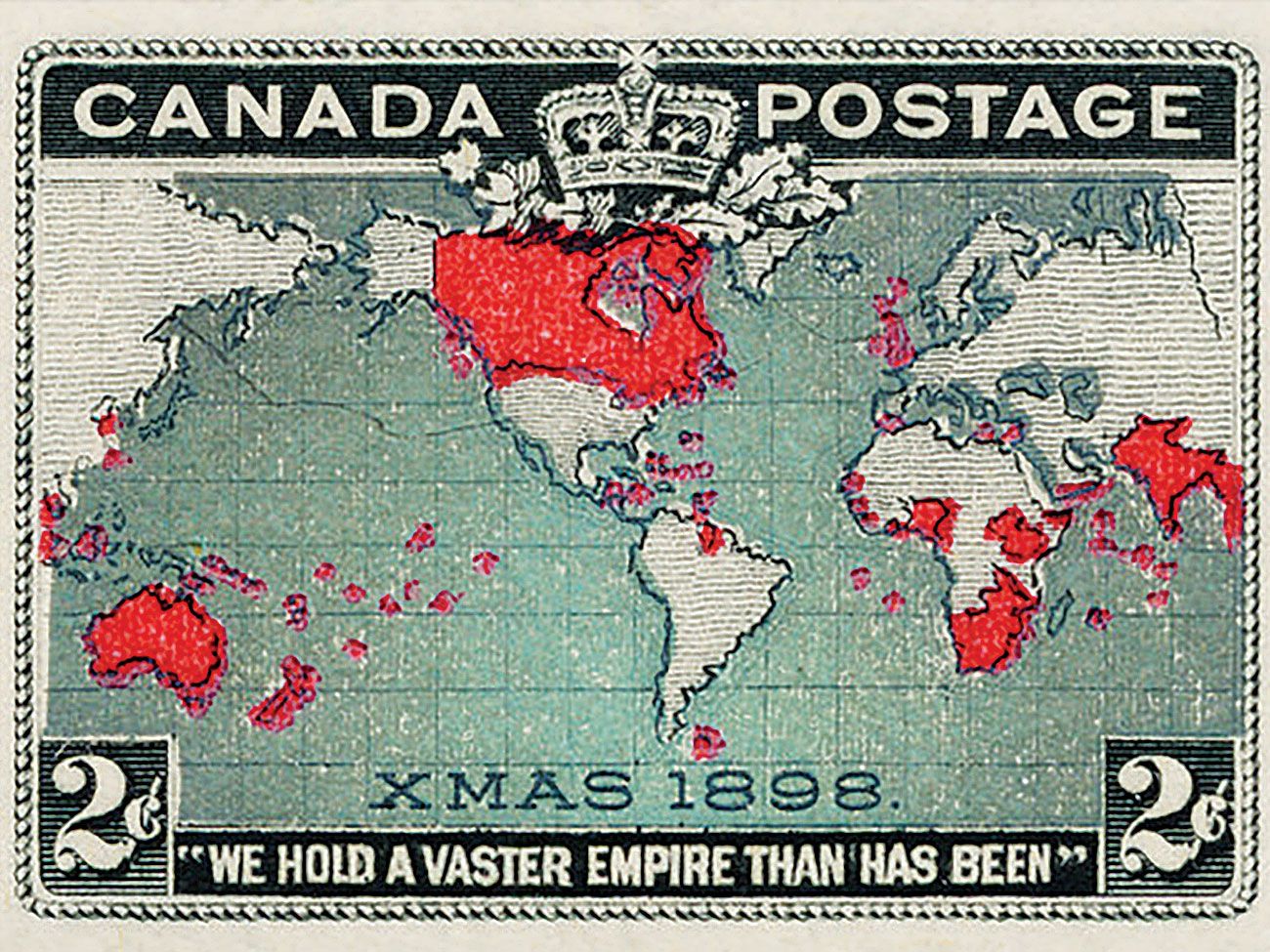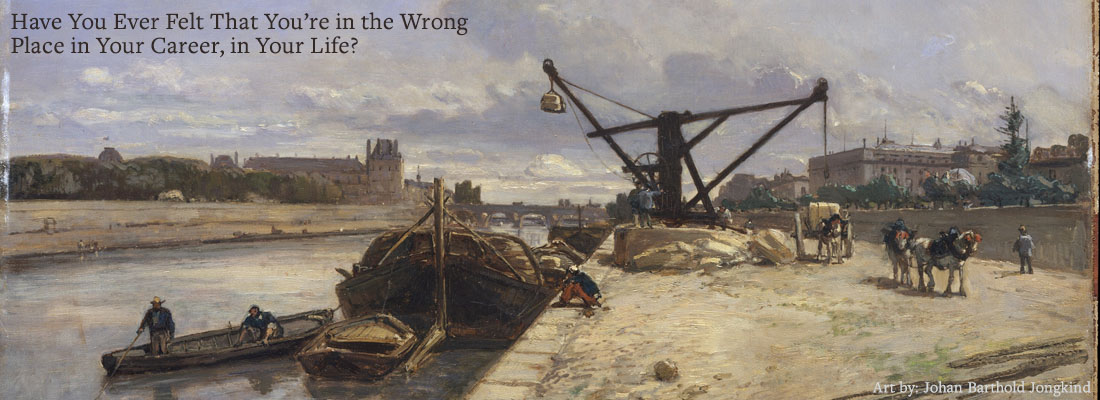The Art of Data Science
It is possible to become blinded by the rate of change, the frequency of the data, and the limitations of our cognitive and emotional abilities to be able to discern the patterns and to see the big picture.

Meteorological Data Visualized as Mixed Media Sculptures by Nathalie Miebach

Nathalie Miebach
The Weather Variations: Connecting Data, Sculpture, and Music
As I reflect on Natalie Miebach’s work, I am integrating the ideas I was learning through Fritjof Capra’s exploration of The Systems View of Life. Capra was referring to art as a way of thinking in terms of relationships, in terms of patterns.
“And what I’m looking for in this kind of data mining search is any kind of traction to a story that I find interesting, because I don’t want to just throw data at people. That’s not really telling a story with data. I want to somehow connect the data to the human experience.”
My life has been a singular perspective of so many interactions as a designer that tends to be that of an observer. I remember being invited into the inner circle of a group of friends in high school who were involved in the dramatic arts. I didn’t have my own circle of friends at the time, and it felt like a privilege to have been invited and to participate. Because I was extremely introverted and reticent, as with most of these sorts of social gatherings, I was like a fly on the wall, absorbing the experience. Like an objective data scientist or ethnographic researcher, I was socially on the outside looking in. I had been temporarily included in the group, but this occurrence was a rare anomaly in my limited social experience.
As I review the data of my experiences over a lifetime, I notice a pattern. This sort of situation has been a recurring experience as a designer. Because of my unique set of skills, I have been invited into the inner circle of people who have influence, resources, and power. These have been churches, corporations, non-profit organizations, publications, and municipal governments. As designers, we operate at the locus of social influence, economic capacity, and political power, because we have gained skills that are extremely difficult to develop without the relatively rare powers of observation and sensitivity to stimulus that artists and introverts possess. The ability to draw is the capacity to focus attention and observe details, form, contour, and light and to translate three-dimensional data into two-dimensional visual representations, often by carefully imitating reality and emulating complex patterns of relationships.
The way I communicate this skill to my design students is to compare these abilities to superpowers that are beyond the capabilities of marketers, managers, and business decision-makers.
Designers are storytellers who are able to translate secondary research and direct observations into visual data, user flows, information architecture, wireframe layouts, interface elements, design patterns, brand identity systems, visual designs, and interactive prototypes that can provide the rationale for major decisions that have far-ranging implications for the success or failure of a business.
We become the sense-making capabilities of an organization by operating in the liminal space between decision-makers and the people whom they are serving through the products and services we design. This is the gap between vision and reality that designers occupy. Most often, designers tend not to have direct access to the resources or power to change a system. These privileges are granted by those who hold the economic and political management and decision-making roles within an organization.
However, because we operate in this central role, synthesizing information and translating data into visual patterns, systems, and language that can be used by developers, marketers, and executives to communicate to various audiences, business would cease if we were to withhold our labour. Designers are the hub of the living systems collaboratory of an organization.
With great power comes great responsibility. Designers build and maintain the existing systems. Yet we absolve ourselves of culpability by deferring to marketers, managers, and executives as those who hold the influence, capacity, and power, and ultimately, therefore, the responsibility.
If we equivocate with the excuse, “We were only following orders,” we are no less complicit in the construction and maintenance of the systems of oppression that are responsible for the global devastation of neo-colonial white supremacist capitalist patriarchy (bell hooks).
“It spells out so clearly that Nazi Germany’s worst atrocities and many atrocities the world over were not only the ideas of singular evil men. They were supported and enacted by systems, by groups of people who woke up in the morning and went to offices to work on it.” — Avery Trufelman
(An excerpt from the excellent Nice Try! podcast about Utopias and how they go wrong. This episode is called Germania: Architecture in a Fascist Utopia.)

I am also aware of how easy it is to be distracted by the details, overwhelmed by the data, that it is possible to become blinded by the rate of change, the frequency of the data, and the limitations of our cognitive and emotional abilities to be able to discern the patterns and to see the big picture.
Fritjof spoke of the difference between quantitative data and qualitative mapping and visualization.
“Well, in conclusion, let me come back to the important role of artists in the current shift from the mechanistic to the systemic understanding of life. Systems thinking, as I’ve mentioned, involves a shift of perspective—from the parts to the whole, from objects to relationships and patterns. Conventional science has concentrated on measuring and on quantities, but relationships cannot be measured. They need to be mapped. So, there is a shift from measuring to mapping—to visualizing—from quantities to qualities. This is a very important part of studying patterns. And this is the reason why, throughout history, artists contributed significantly to the advancement of science by studying patterns. Perhaps the two most famous examples are Leonardo da Vinci in the Italian Renaissance, whose entire science can be understood as a study of patterns, and the German poet, Goethe, in the 18th century, who made significant contributions to biology through his study of patterns.”
“My work in environmental education has convinced me that there’s hardly anything more effective than the arts—the visual arts, music, or the performing arts—for developing and refining our natural ability to recognize and express patterns. When you look at the arts, you soon realize that it’s all about patterns: patterns of music, patterns of movement in dance, patterns of the composition of a painting, patterns of plot in a novel, and so on. So the arts can be a powerful tool for teaching systems thinking. And of course, in addition, the arts have an important role by injecting an emotional dimension that is essential to learning and especially essential to transformative learning. What we need today is learning not only in terms of absorbing new ideas and new concepts, but transformative learning that really changes ourselves, our being, and that has a strong emotional component which the arts can provide.”
The recent stories about the QAnon far-right conspiracy theory and its role in the January 6 insurrection perpetrated by its adherents are symptoms of the corporate monopoly on public discourse that is represented by large tech corporations such as Facebook and Twitter. The business models of these social systems are at odds with the integrity of the media and information ecology of a civil society.
The democratization of the access to financial trading tools represented by apps such as Robinhood enabled a popular rebellion against hedge fund companies as GameStop was used as a pawn in the cat and mouse game of gaming the system. In terms of living systems, words such as “self-awareness” and “hive mind of the community” stand out in The Guardian article, GameStop fun turns serious for Reddit's WallStreetBets.
In college, when I was first studying communications, we were assigned a book, The Invasion from Mars: A Study in the Psychology of Panic with the complete script of the famous Orson Welles Broadcast by Hadley Cantril. The book recounts that on “the evening of October 30, 1938, thousands of Americans became panic-stricken by a broadcast purported to describe an invasion of Martians which threatened our whole civilization. Probably never before have so many people in all walks of life and in all parts of the country become so suddenly and so intensely disturbed as they did on this night.”
However, I can recall the sense of panic that happened with the election of Donald J. Trump on November 9, 2016. There were so many moments in which the world became so suddenly and so intensely disturbed that our limbic systems could no longer keep up with the stress and emotions of dread and grief.
I am also fascinated by the disruptions caused by the realization of so many Evangelicals that they were no longer comfortable with their social identity, as their community had overwhelmingly supported a spokesperson for imperialist white supremacist capitalist patriarchy.
I have been engaged in online communities that were meeting in informal gatherings in living rooms, discussing podcasts in basements, meeting at coffee shops to relate their personal experiences of spiritual trauma, and collectively questioning religious orthodoxy inside a church that had offered its facilities to a gathering of deconstructing christians, recently declared atheists and buddhists. Many have just begun a process of reformation, to rethink the language, the stories, the rituals, and the culture that we have inherited.
The power of the thought collective is what is so disturbing about this moment. However, it is also inspiring to imagine how it might be possible to manifest a shift from linear to non-linear thinking, if people became self-aware enough to realize their agency. We are not only observing the evolution that is happening biologically, cognitively, socially, ecologically, philosophically, spiritually, mathematically, politically and technologically. We are manifesting it in real time.
“I think it’s actually incumbent for us to understand the difference between the state and people and for people to understand that they actually have enormous agency.” — Jesse Wente

Is it possible to shift our conceptions of value as quickly as we are able to demonstrate a new model of reconciliation, as defined by Bayo Akomolafe?
“Reconciliation for me is a vast terraforming vocation that involves not just humans, but also more-than-humans, non-humans, inhumans as well.” (4:29)
“Reconciliation for me is not just about A meeting B or struggle meeting justice or one side meeting another. It is more about the idea of demise and dying. And dying not as just dropping dead, but as a transference of agency, in the very etymological sense of demise as a giving of one’s property to another. That is the notion of reconciliation—a demise or dying or midwifing the next—that is quite alive for me these days.” (7:14)
This is the idea that I have been exploring as I consider the concept of a community land trust as a means of disrupting the ongoing genocide of Indigenous peoples in the apartheid state of Canada.
“British Columbia” is neither British nor a legitimate claim of Christopher Columbus.
So-called “British Columbia” is on the unceded territory of Indigenous nations—in other words, stolen land.
What is money anyway? It is belief in a story we tell each other about what has value? In other words, the economy is a fiction, a mass delusion.
Globally, more than 75% of prospecting and mining companies on the planet are based in Canada. Seemingly impossible to conceive, the scale of these statistics naturally extends the logic of Canada’s historical legacy as state, nation, and now, as global resource empire.

Canada is an apartheid state
“This essay investigates a twofold theory that Canada’s Indian Reserve System served, officially, as a strategy of Indigenous apartheid (preceding South African apartheid) and unofficially, as a policy of Indigenous genocide (preceding the Nazi concentration camps of World War II). Specific flows of information, historic events, and spatial evidence over the past two centuries bring significant and substantial context to a poorly researched area of Canadian history, even as they offer an emergent lens on contemporary apartheid and genocidal research related to Indigenous peoples.”

If, en masse, the residents of the Auguston neighbourhood where we live were to entrust the deeds to their land to the Sumas First Nation, which currently resides on a small parcel of land at the bottom of Sumas Mountain, this would represent a death of neo-colonial white supremacist capitalist patriarchy, a giving of one’s property to another, a first step in establishing a mutual relationship of trust, born of compassion, generosity, and love.
One
Who are we?
Who are we becoming?
We thought we were separated, divided, individual, independent, alone.
We are living. We are dying. We are learning. We are explorers. We are inventors. We are tool makers. We are story tellers.
We are laughing. We are crying. We are joyful. We are suffering. We are thoughtful. We are emotional. We are rational. We are irrational. We are fearful. We are violent. We are empathetic. We are loving.
We are stardust. We are quantum mechanics. We are physics and metaphysics. We are beginning to understand so much. We actually know very little.
We are awakening to the systems that we designed that cause our own suffering. We are beginning to recognize that there is no other. There is only us. When one of us is in pain, we all suffer. When we experience joy, we all celebrate.
We are a thin layer of life on a small ball of molten rock spinning in constant motion around a star spinning around a galaxy. We are held in the tension of the gravity that pulls us together and the expansion that pushes us apart.
We are time and energy and matter. We are entropy. We are syntropy.
We are in conversation with reality.
We are dividing cells. We are integrating ideas. We are thesis and antithesis. We are synthesis.
We are the behaviour of whole systems unpredicted by the behaviours of their parts. We are synergy.
We are relationships of energy. We are conscious awareness. We are this moment. We are everything happening all at once. We are weaving a world of experience through perception, cognition, emotion, and action. We live with a memory of where we have come from, in the presence of where we are, in anticipation of where we will be. We are formed by language in intimate relationship with all that came before, all that is, and all that will be.
We are the seed of an idea. We are a seed of life floating in the garden of space. We are not on the earth. We are earth. We are the incarnation of the genesis of the unfolding and enfolding of time, energy, and matter.
We are interdependent and interconnected.
We are the medium. We are the message. We are the interface.
We are a creative, collaborative, self-organizing learning community. We are exploring how we imagine, design, and build the future together. We are the builders collective. We are investing our time, energy, and resources in reimagining our social architecture.
We are the invisible made visible.
We are universe.
We are one.

Quiet Revolution: The Power of Introverts - Susan Cain

“There must be a time to retreat into my studio and think by myself” – reminds me of Susan Cain’s exploration of the power of introverts.
How people respond to disaster

A data hoarder. Data mining search. Any traction to a story that connects to the human experience.






